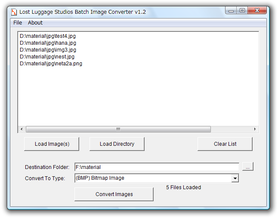

cd /Volumes/bobo/BIDS/ACAP/įor i in ` cat /Volumes/bobo/DICOM/ACAP/ACAP_MPRAGE.txt ` do subjid= ` echo $i | cut -d "/" -f6 ` mkdir -p /Volumes/bobo/BIDS/ACAP/sub- $_acq-b2000_dwi \īefore you can upload your images and start preprocessing the T1 images, you need to run ACPC alignment on your local computer. Once you’ve confirmed that you have the correct subject IDs you can run the code. cd /Volumes/bobo/BIDS/ACAP/įor i in ` cat /Volumes/bobo/DICOM/ACAP/ACAP_MPRAGE.txt ` do subjid= ` echo $i | cut -d "/" -f6 ` echo $subjid done Instead of finding files on your system, you can just loop through each line of your text file and convert those DICOMs to NIFTI. name "PUAx_FSPGR_BRAVO*" > /Volumes/bobo/DICOM/ACAP/ACAP_MPRAGE.txt Optimally, you will want one T1 per participant. You can use Mango app to view the raw DICOMs and check which one’s you’d like to keep if there’s multiple for a subject.

It is a lot easier to edit the text file then search through hundreds of directories trying to weed out bad images. Sometimes with larger and messier datasets where sequences could have been run multiple times, you’ll want to generate a text file that lists all the DICOM directories and scrub that file first before running dcm2niix. This will convert DICOM to NIFTI and organize the NIFTI files in BIDS format.
BATCH IMAGE CONVERTER WARE CODE
You can run the following code to convert the raw DICOMS to NIFTI format.
BATCH IMAGE CONVERTER WARE DOWNLOAD

1.1.7 Statistical Parametric Mapping (SPM).1.1.5 FreeSurfer Developmental Versions.


 0 kommentar(er)
0 kommentar(er)
